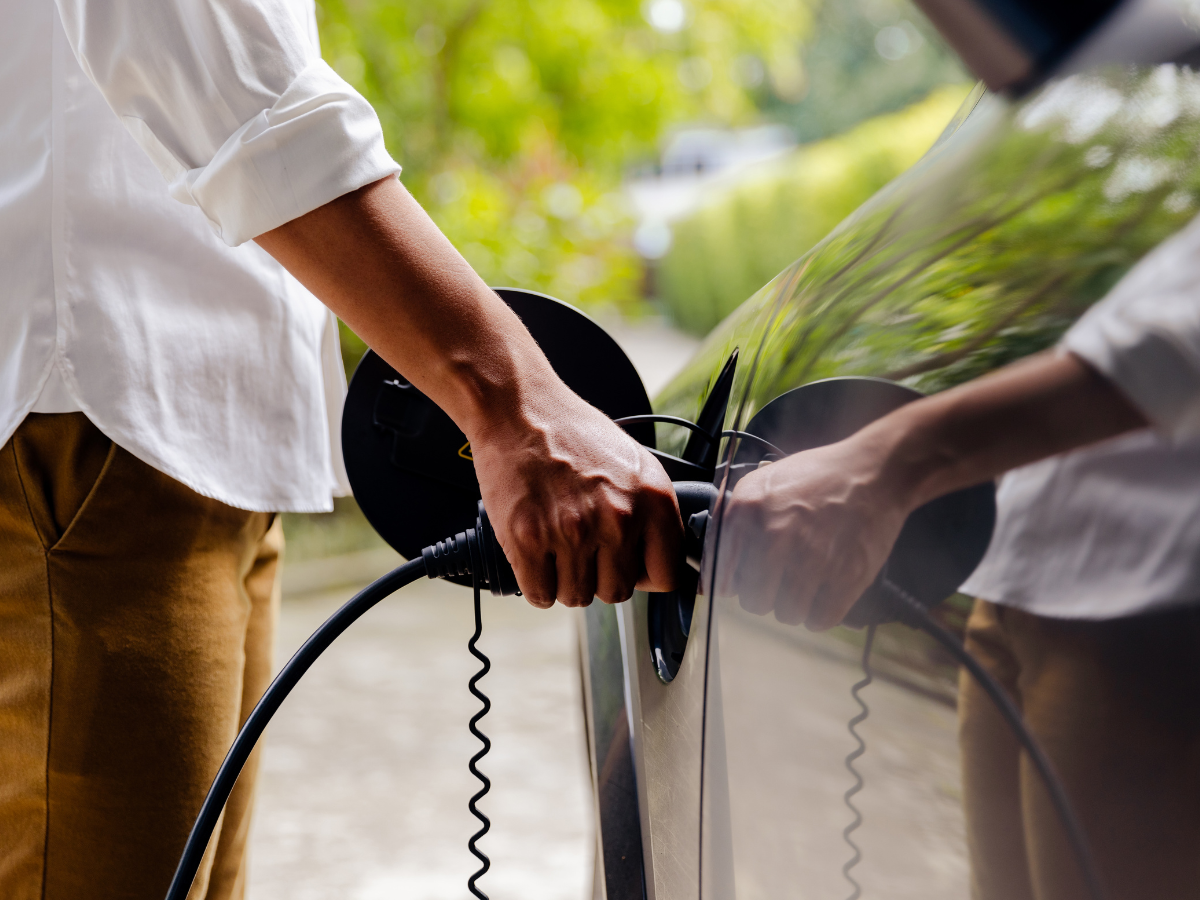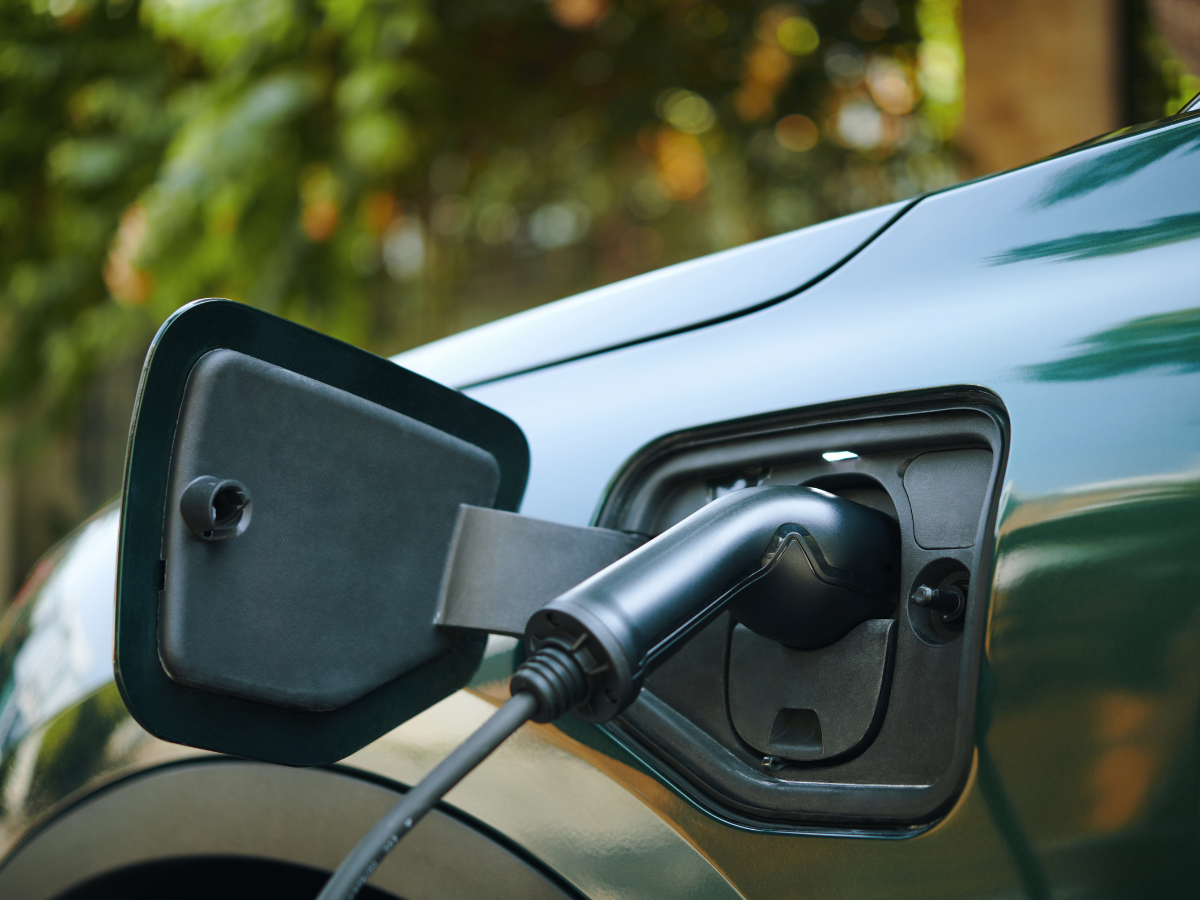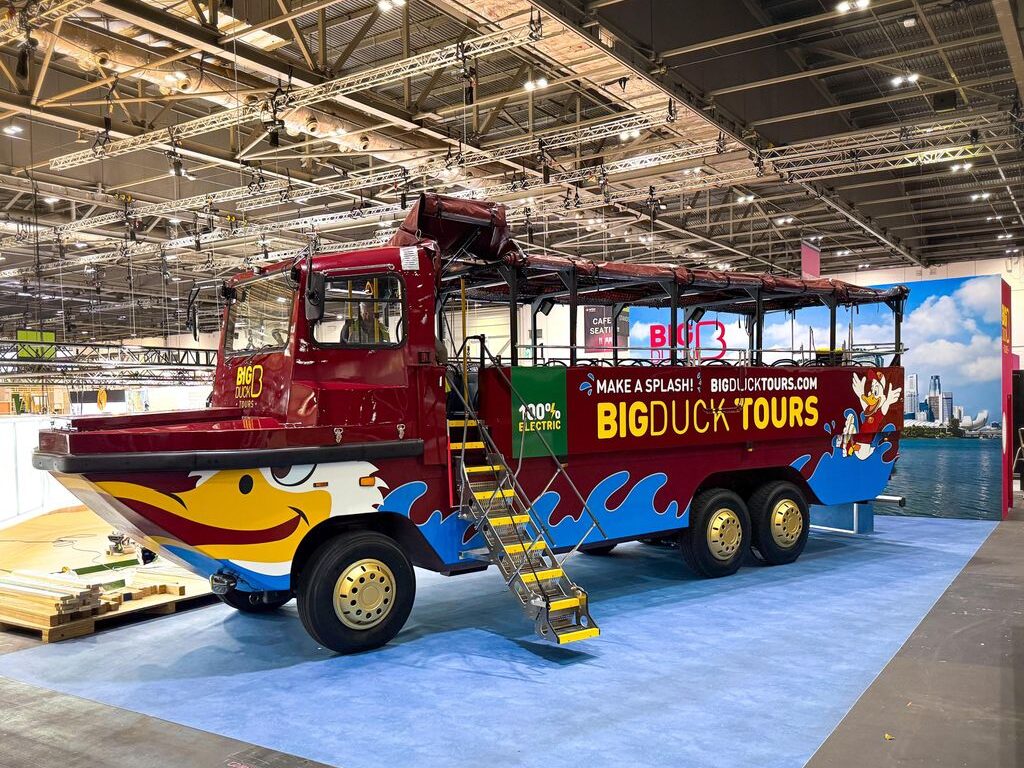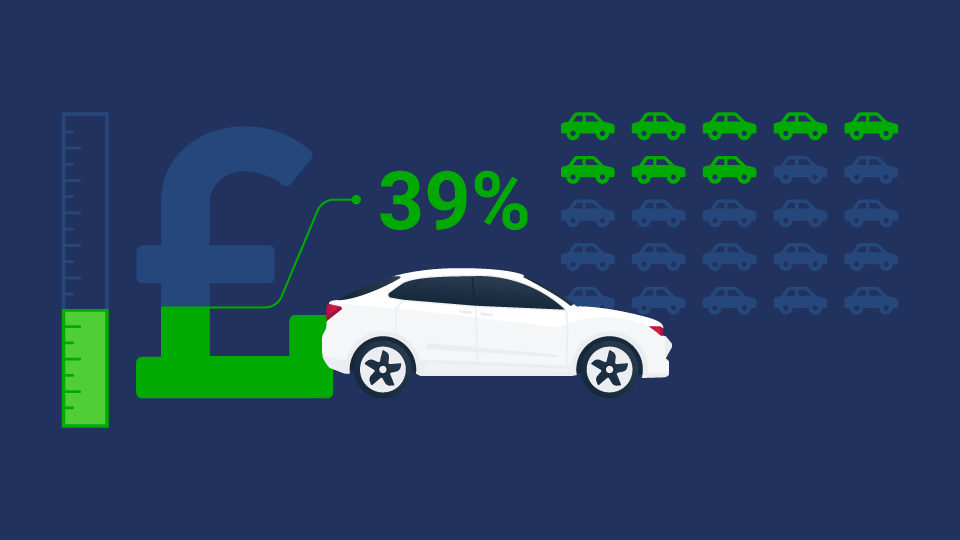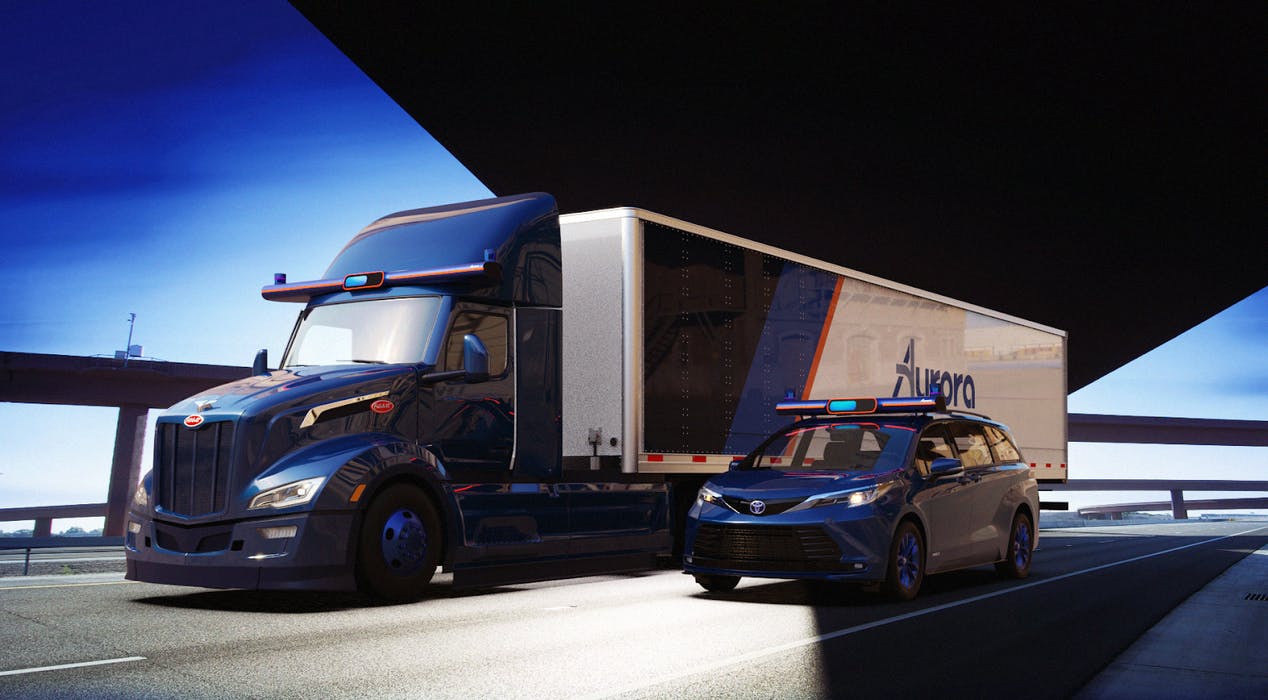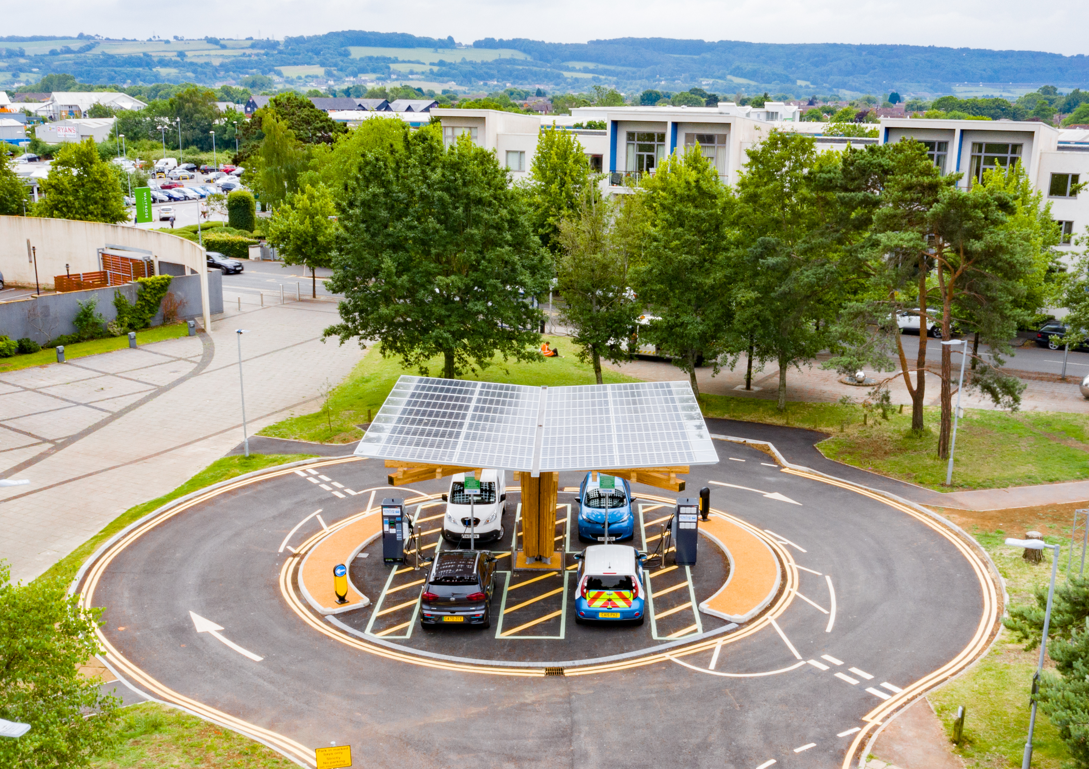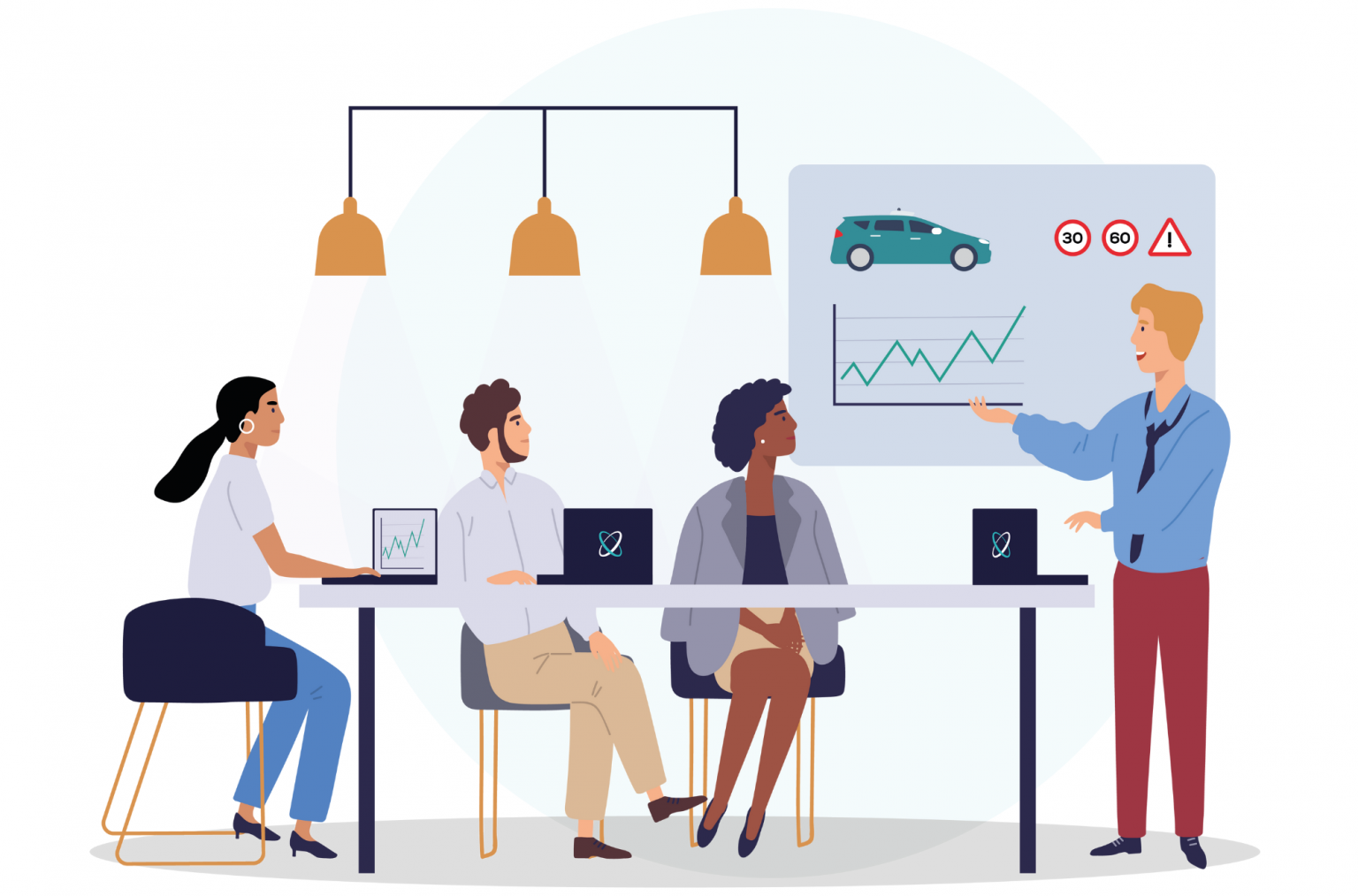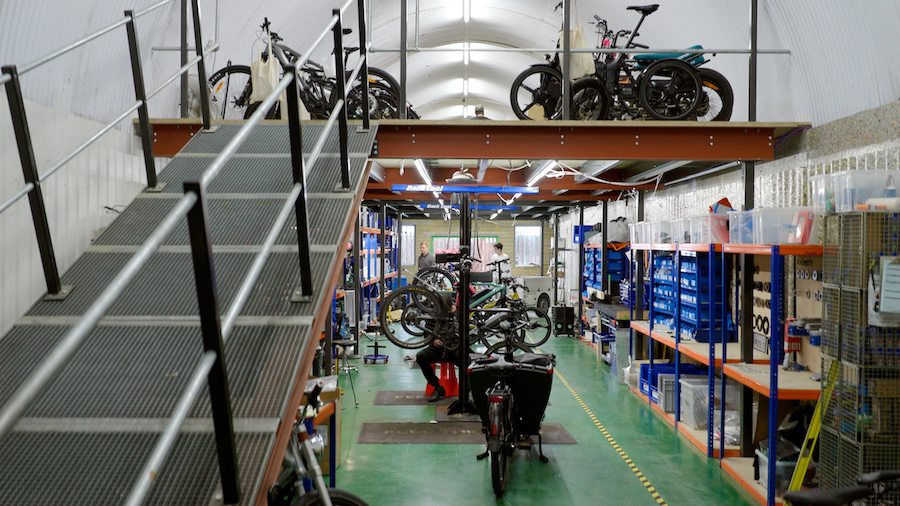Siemens Drives Transformation of the Mobility Industry, Presents a Holistic Looks at Future Mobility at IAA Mobility 2021
- Launch of Simulytic, a Siemens venture, accelerates the move to safe, autonomous mobility
- World premiere of Siemens Autonomous Charging System
- Partnership with Verein Sozialhelden e.V.: Siemens committed to easing use of charging infrastructure by the disabled
- Siemens is official charging infrastructure partner for the Blue Lane Road at IAA Mobility 2021
- #MoveToTransform campaign in Munich embodies the spirit of the IAA Mobility and shows the faces behind mobility’s transformation
For Siemens, it’s a home game of a special kind: taking as its motto #MoveToTransform, the company is exhibiting at the IAA Mobility 2021, which is being held for the first time in Munich, Bavaria’s capital and Siemens’ hometown. As a focused technology company, Siemens is presenting a holistic look at mobility for today and for the future. The focus is on how the real and digital worlds are combined in technical products and digital solutions to make industry, infrastructure and transportation more intelligent, efficient and sustainable.
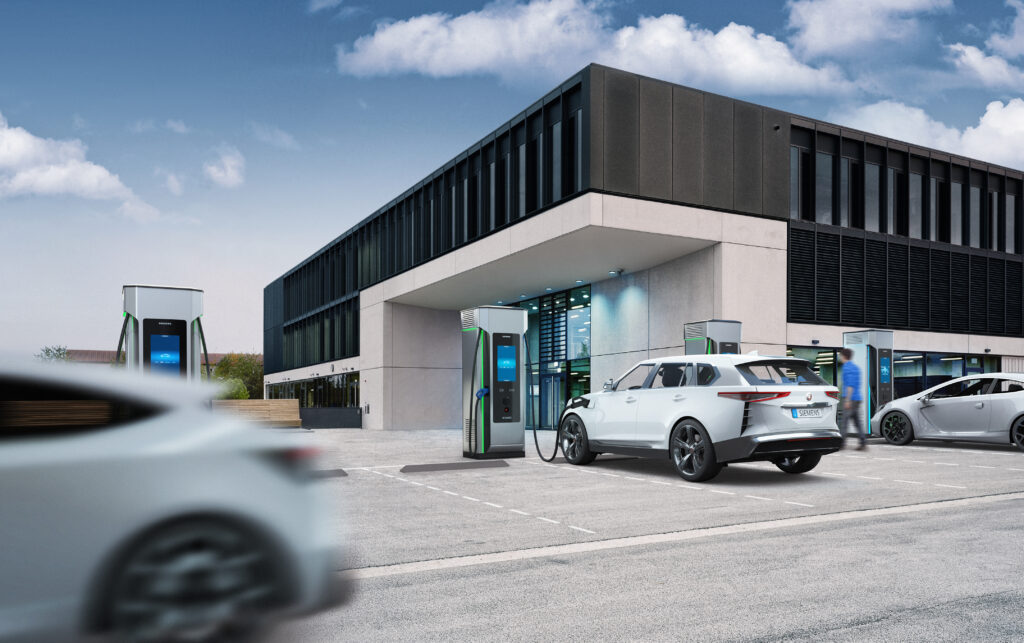
Cedrik Neike, member of the Managing Board of Siemens AG and CEO of Digital Industries, said:The shift to e-mobility is already in full swing – with our knowhow we’re helping the automotive industry accelerate this transformation even further. Our common goal is to get electric cars on the road faster, more efficiently and more sustainably. Only with cutting-edge automation and digitalization solutions can we achieve this goal. Siemens offers a unique portfolio in this regard. I look forward to seeing many electric vehicles at the IAA Mobility that also carry a fair share of the Siemens DNA.
Electric vehicles are charged worldwide using different, need-adapted Siemens charging solutions. However, high-performance smart grids are also essential for safe, economical and ecofriendly operation. In this regard, Siemens is contributing decades of global experience and expertise. With its diverse solutions for electromobility, the company is a strong partner for OEMs, power utilities, fleet operators, companies, cities and end customers.
Matthias Rebellius, member of the Managing Board of Siemens AG and CEO of Smart Infrastructure, said:Electromobility is one of the most important pillars of the post-pandemic green recovery. We’re working with customers, partners and governments to ensure that the necessary charging infrastructure is in place to accelerate its success. With our comprehensive portfolio, which includes hardware and software, we’re enabling charging to be seamlessly integrated into existing infrastructure. Our portfolio is complemented by our digital solutions that support energy efficiency and decarbonization.
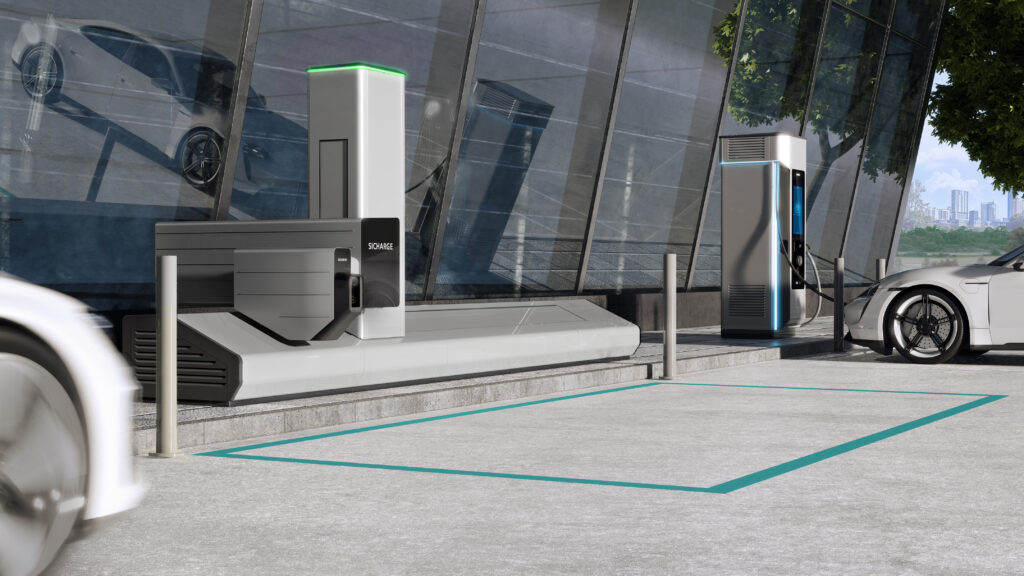
Achieving a sustainable mobility mix is especially important for Siemens, as Karl Blaim, Managing Director of Siemens Mobility, emphasized.
Karl Blaim, Managing Director of Siemens Mobility, said:Urbanization is causing the volume of traffic to continue to rise, and at the same time we aim to greatly reduce CO2 emissions. For this reason, it’s important to intelligently connect means of transportation. Road and rail are seamlessly interconnected, and rail, as the most sustainable means of transport, will form the backbone of mobility in the future. Using digital technologies, Siemens Mobility is increasing the capacity, efficiency and comfort of rail, intelligent Mobility-as-a-Service solutions are seamlessly connecting rail services with other means of transport, and hydrogen and battery-powered trains are rounding off carbon-neutral rail transport where electric overhead lines are not viable.
Simulation Startup Simulytic Opens up New Business Fields
Driven by disruptive technologies, the mobility sector is changing at a faster pace than ever before. Contributing to this trend, the Munich-based technology company is presenting Simulytic, a newly founded Siemens venture, at the IAA Mobility. The in-house startup, headed by Andrea Kollmorgen, is focused on accelerating autonomous mobility deployment at scale. Simulytic aims to use simulation to create insight into the impact and safety of autonomous driving. Specifically, the goal is to ensure that transparency is a permanent part of the risk profiles of self-driving vehicles everywhere. Simulytic is already applying Siemens’ expertise here in the simulation of complex, automated systems and in the use of artificial intelligence in safety-critical applications. Its command of the technologies used in autonomous vehicles enables the venture to make competitive, comprehensive and independent assessments of incident probabilities, changing traffic flows and congestion patterns, the effects of weather and road conditions, and many other localized factors. Drawing on this expertise, Simulytic creates added value for customers, such as insurance companies, by helping them understand the risk potentials from increasingly automated road traffic and thus develop the right products, determine fair prices and create effective business strategies for a future with autonomous vehicles.
Automation Eases Access to Charging
Siemens is developing answers to the many questions raised by the increasing automation of the mobility industry. For example, who will plug in the charger when an autonomous car has found an available space on its own? Along with its comprehensive product portfolio for charging infrastructure, Siemens is also presenting its latest innovations for charging all types of electric vehicles. These innovations include the Siemens Autonomous Charging System, which enables the fully automated charging of electric vehicles from sports cars to long-haul trucks. The prototype being presented for the first time at the IAA Mobility has a charging capacity of up to 300 kW and will be increased to over 1 MW in a further development stage. With this high capacity, electric trucks can be charged during the driver’s mandatory break time. However, the necessary charging cables are too heavy for people to plug in by themselves. To master this challenge as well, a robot designed by Siemens can handle the difficult task of charging heavy-load vehicles. To test the Siemens Autonomous Charging System under real life conditions and complete its development, Siemens is working with Einride AB, a leading developer of autonomous and electric transport systems. As part of this test, an autonomous truck was, for the first time, supplied with power by an autonomous fast-charging system. Other applications for the new charging system are also conceivable: the Siemens Autonomous Charging System can also manage the charging process for people with physical limitations.
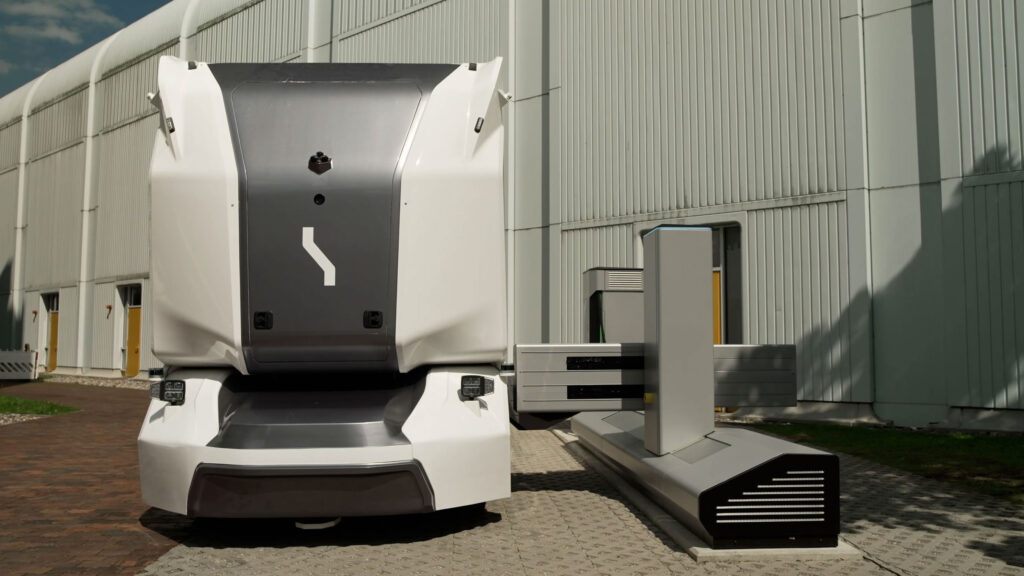
Siemens Drives Development of Inclusive Infrastructures
The vision of autonomous and electric driving has great potential for enabling more inclusive mobility. At present, however, there are scarcely any requirements or standards – such as specifications in tenders to expand the charging infrastructure – that would help people with restricted mobility operate and charge electric vehicles. Verein Sozialhelden e.V. (a public-service association) and Siemens are working together on this issue and meeting for a workshop during the IAA. As part of its campaign, Siemens is also cooperating with the prominent activist Raul Krauthausen, who has worked for years with his Verein Sozialhelden e.V. to promote barrier-free mobility. The questions to be discussed at the workshop include: How can electric car charging stations be designed to be barrier-free? How can the plugs be accessed? And how can blind people, who will one day be traveling in self-driving electric vehicles, pay for their charging current?
Raul Krauthausen, said:I dream of mobility that provides equal accessibility to people everywhere. Smart cities, smart infrastructure, smart public transport for everybody, including those with disabilities, must become the norm.
Siemens’ work with the founder of Verein Sozialhelden e.V. is a core part of the #MoveToTransform campaign advocating a future-oriented transformation of mobility. Siemens has also engaged eight Mobility Movers, who are working with great commitment on the mobility transformation in various initiatives, projects and professional activities. Among the eight individuals are Alex Bangula, who shares his experiences with e-mobility on his YouTube channel; automotive industry manager Dr. Nari Kahle, who is committed to social innovations in the field of mobility; Giovane Élber, former soccer player and brand ambassador of the soccer club FC Bayern Munich; and Anita Mathieu, who develops intelligent traffic control solutions. The company’s key message is that everyone can contribute to achieving sustainable and future-oriented mobility.
The company has placed 3D images of the eight Mobility Mover ambassadors on the charging infrastructure installed for the Blue Lane Road. Activated by a QR code, the Mobility Movers tell visitors on their mobile devices about their personal commitment to future mobility and show them face-to-face that change is possible. Located in front of Siemens’ headquarters on Wittelsbacherplatz, this interactive offering is a playful way of getting people more engaged in future-oriented mobility. Because Siemens is partnering here with the company Pavegen to establish a direct connection between people and energy. Helped by Siemens software, visitors can convert the energy of a single step into two to five Joules. When the IAA Mobility ends, the accumulated energy of all recorded visitors will be converted into a cash donation to benefit the Verein Sozialhelden e.V.
Siemens Is the Official Charging Infrastructure Partner for the Blue Lane Road at the IAA Mobility 2021
The IAA Mobility gives visitors insights into the future of electromobility. The speed of the sector’s transformation will be strongly influenced by the development of the required charging infrastructure. The Blue Lane Road – a twelve-kilometer transfer and test route linking the fairgrounds with the fair’s open exhibition spaces in downtown Munich – will give visitors a tangible feeling for mobility. Sixteen electric buses and around 250 electric cars from 20 different manufacturers will be supplied with electricity on the route every day. As the official charging infrastructure partner for the Blue Lane Road, Siemens has installed 68 charging stations with a total capacity of 3.6 MW at the starting point of the Blue Lane Road.
Digital Enterprise for the Automotive Industry
Siemens offers a comprehensive portfolio of solutions consisting of industrial software, automation and services adapted to the specific requirements of the automotive industry. This portfolio combines the real and digital worlds. The solutions provide manufacturers with the flexibility and efficiency needed to sustainably meet increasingly diverse customer needs and the growing demand for e-cars. In particular, the creation of digital twins in the automotive industry offers tangible benefits: it can significantly reduce the number of prototypes needed during the development of a car. In addition, the use of production data increases quality by identifying and eliminating potential quality problems at an early stage.
Everything about the Latest Siemens Technologies at the Fair and in the IAA Studio
Siemens is showcasing charging infrastructure, charging management systems and visionary concepts for the future of charging at Booth A01 in Hall B3. Visitors to the trade fair can attend presentations and take part in discussions on the transformation of mobility at the Siemens IAA Studio on Wittelsbacherplatz. All presentations can also be followed live on the company’s website: www.siemens.com/iaa.
This article was originally published by Siemens.



